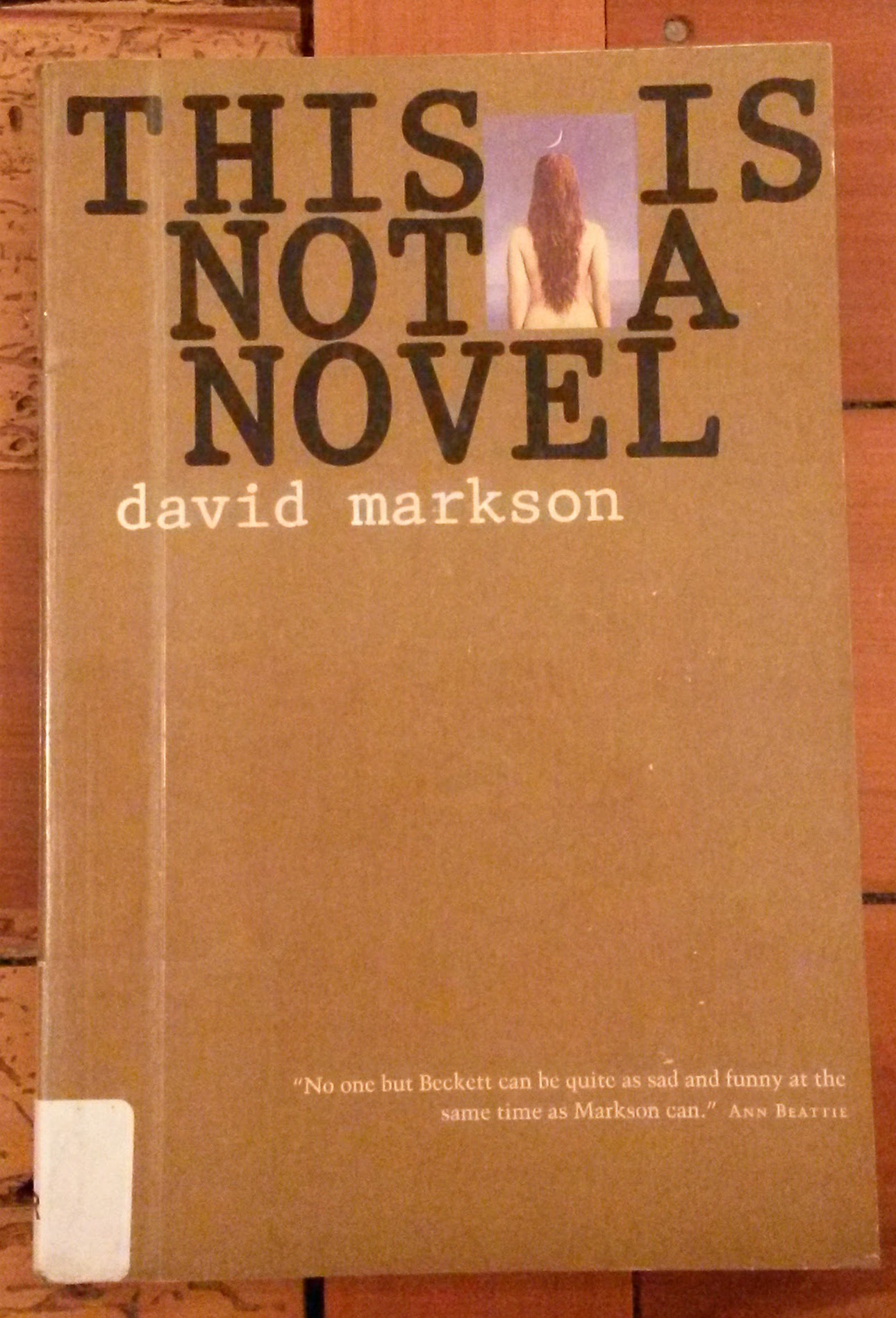 I have never read a novel like this before, but that’s obvious since it is actually not a novel. (The clue is in the name.) But it has characters (well, a character), lots of historical figures, and a (very faint) narrative arc. And it’s pretty fun to read.
I have never read a novel like this before, but that’s obvious since it is actually not a novel. (The clue is in the name.) But it has characters (well, a character), lots of historical figures, and a (very faint) narrative arc. And it’s pretty fun to read.
Initially it seems like a very tersely worded version of one of those books of random factoids. Just a succession of one- or two-sentence paragraphs stating more or less interesting historical facts. Like this:
Puccini, sipping coffee, once told Lucrezia Bori that her costume was too neat for the last act of Manon Lescaut, in which Manon is destitute.
And dumped the coffee on her gown.
Verses of Propertius were found copied out on walls in Pompeii.
The seemingly authentic report that a doctor performed an autopsy on the Abbé Prévost after a stroke — to discover that only the autopsy had killed him.
He who wrote that painting is a higher art than sculpture was as ignorant as a maidservant, said Michelangelo.
Meaning Leonardo.Chopin died of tuberculosis.
Salvador Dali once gave a lecture in London while wearing a diving helmet.
And nearly suffocated.Thomas Gainsborough, while painting Sarah Siddons:
Damn your nose, madame! There’s no end to it.Katherine Anne Porter died of Alzheimer’s disease.
Palestrina’s tomb, once in St. Peter’s, for obscure reasons no longer exists.
Musicae Princeps, it had said. Prince of music.
Most of the facts concern the lives of various notable figures, mostly writers and artists, from history. As the book goes on, certain themes become evident. For example, many of the statements concern the ways that famous people have died. And the wording is peculiar — unusual idioms appear (as in the snippet above), then appear again and again. There are a lot of parallel constructed sentences:
Jean-Paul Sartre played the piano.
George Eliot played the piano.
Andre Gide played the piano.
The effect can be poetic and even a bit hypnotic. And also unexpected, to discover that Sartre, Eliot and Gide had this in common. (The impression I get is that all the statements made about historical figures are true. I will certainly remember a few of them, so I hope they are true.)
Sprinkled throughout are snippets from a character called Writer, mostly commenting on the book itself:
Does Writer even exist?
In a book without characters?
–And who are you? said he. –Don’t puzzle me; said I.
Says Tristram Shandy VII 33.
Towards the end of the book things gradually change a bit. Writer appears more often, the themes solidify a bit, and the end of the book somehow packs a bit of a punch.
This is also even an autobiography, if Writer says so.
The whole thing makes me think of a Samuel Beckett play: all of the pieces are either nonsensical or amusing, or both; but taken together they make some kind of sense and have an emotional impact.
Pingback: Can You Tolerate This? — Ashleigh Young | Bennettarium
Pingback: Auckland Writers Festival 2018 | Bennettarium